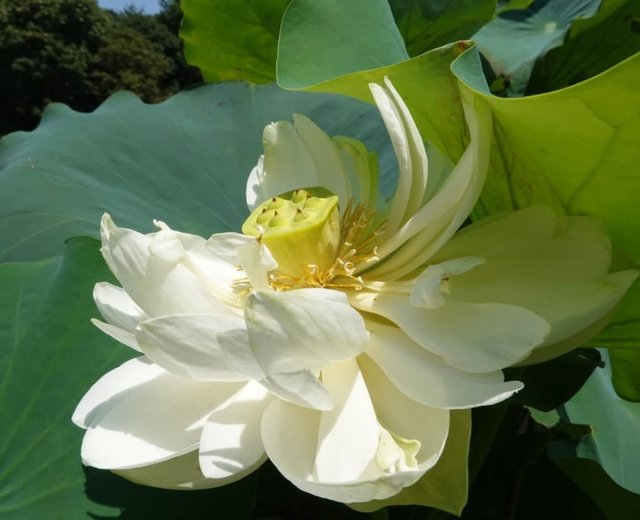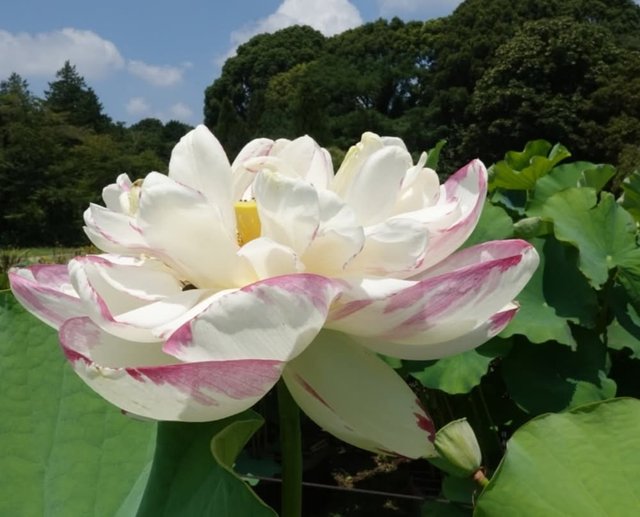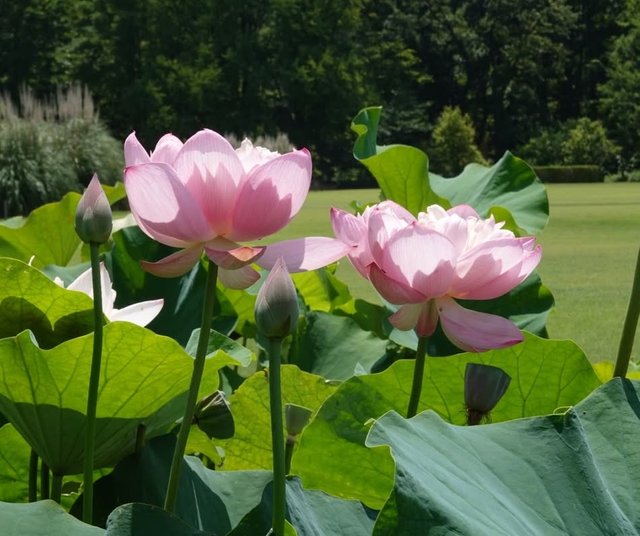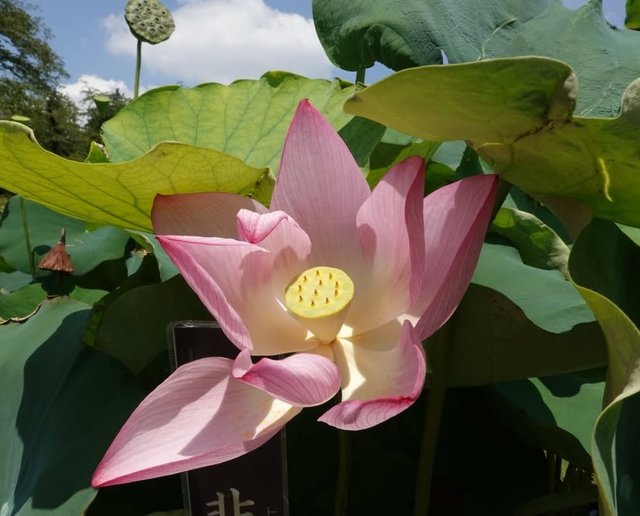Beautiful Colour Nelumbo nucifera Flower
Nelumbo nucifera – The Sacred Lotus
Nelumbo nucifera, commonly known as the sacred lotus, Indian lotus, or simply lotus, is one of the most revered aquatic plants in the world, celebrated not only for its beauty but also for its deep cultural, spiritual, and ecological significance. Belonging to the family Nelumbonaceae, this perennial plant thrives in warm, tropical to subtropical climates and is native to Asia, particularly India, China, and Southeast Asia. Over centuries, it has been cultivated far beyond its native range, becoming a symbol of purity, resilience, and enlightenment across many cultures.
Botanical Description
Nelumbo nucifera is a large, striking aquatic herb that grows in shallow lakes, ponds, and slow-moving rivers. Its unique features include:
Leaves: Large, circular leaves rise above the water’s surface on long petioles. They are water-repellent due to a special microstructure on their surface, a phenomenon known as the lotus effect.
Flowers: The plant produces large, showy blossoms in shades of pink or white. The flowers are fragrant and open in the morning, closing by late afternoon, typically lasting for 3–4 days.
Fruit and Seeds: At the center of the flower is a distinctive flat-topped seedpod with embedded seeds. These seeds are remarkably long-lived, with some recorded to germinate after hundreds, even thousands, of years.
Habitat and Growth
Nelumbo nucifera prefers still or slow-moving freshwater environments with full sun exposure. It grows from rhizomes anchored in the muddy substrate, sending up aerial leaves and flower stalks above the water’s surface. The plant tolerates a range of water depths but generally thrives in areas 30–60 cm deep.
It has a seasonal growth cycle—in warm regions, it grows vigorously during the summer months, entering dormancy in colder seasons when rhizomes rest in the mud.



